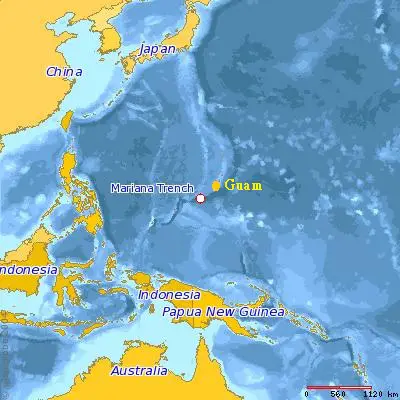An increase of 11.2% has been shown by the Australian cruise industry in its total value to the national economy. This means that in the financial year 2018-19 it has contributed $5.2 billion in direct and indirect output.
The annual Economic Impact Assessment that is commissioned by Cruise Lines International Association (CLIA) and the Australian Cruise Association (ACA) released the figures. It also showed that the cruise tourism has been continuously having a major impact on the economy.
According to the assessment compilation by AEC Group, the cruise industry has provided with 18,135 full time jobs which is 6.6% more than that of the previous year.
It also pointed out the 1,240 cruise ship visits bringing 3.8 million passengers and crew visit days. This resulted in the direct expenditure by passengers, crew and cruise lines being $2.5 billion.
“Total cruise passenger spending in 2018-19 increased 17.4% on the previous year to reach almost $1.4 billion,” Mr Katz said. “Cruise passengers now spend an average of $387 each for every day they’re on shore in Australia, which provides enormous benefits to businesses like hotels, restaurants, tour operators and retailers.”
ACA CEO Jill Abel also highlighted that 47 different ports were visited y ships around Australia in the last financial year that brought tourism to some of the most remote coastal communities of the country.
“The economic impact of cruising is not only enormous and growing, it’s also reaching locations that might otherwise be difficult for visitors to access,” Ms Abel said. “The diverse range of ports Australia offers around its coast is attracting more and more cruise lines, while also spreading the economic benefit of cruise tourism to the furthest corners of the continent.”
Other key highlights from the report include:
The accommodation sector was the biggest beneficiary from cruise passengers, receiving $450 million or 33.3% of their combined spend.
The food and beverage sector accounted for almost $274 million or 20.3% of passenger spend, followed by transport ($196 million, 14.5%), retail ($159 million, 11.7%), shore excursions ($133 million, 9.8%) and entertainment ($59 million, 4.4%).
At the start or end of a cruise, international visitors spent the most per day on shore, averaging $569 each, compared to domestic travellers who spent $436 per day.
In a transit port, international visitors each spent an average of $211 per day on shore, while domestic travellers spent $174 per day.
Cruise ship crew members each spent an average of $173 per day while in port, making a combined expenditure of $35 million in 2018-19.
Cruise lines contributed direct expenditure of almost $1.1 billion – an increase of 4.6% on the previous year – spent on items including fuel, food and beverage supplies, port charges and fees, and administration.
NSW received the greatest share of direct expenditure from the cruise industry, receiving $1.55 billion including $1.54 billion in the key gateway port of Sydney.
Among other states, Queensland received direct expenditure of $490 million, followed by Victoria ($168 million), Western Australia ($109 million), South Australia ($67 million), Tasmania ($49 million) and the Northern Territory ($31 million).
Mr Katz said the cruise industry had defied current berthing constraints in Sydney to achieve a high rate of growth in its national economic contribution.
“A lack of available berthing space in Sydney has made it difficult for the cruise industry to increase its capacity in Australia, but this has been countered by significant increases in the amount of spending by cruise passengers,” Mr Katz said. “In the future we look forward to achieving a solution to Sydney’s infrastructure constraints, while at the same time benefitting from investment in other ports such as Brisbane, Cairns, Broome and Eden which are improving their ability to welcome cruise ships.”
Reference: cruising.org.au
from WordPress https://www.maritimemanual.com/australian-cruise-sectors-economic-impact-rises-5-2-billion-clia/

No comments:
Post a Comment